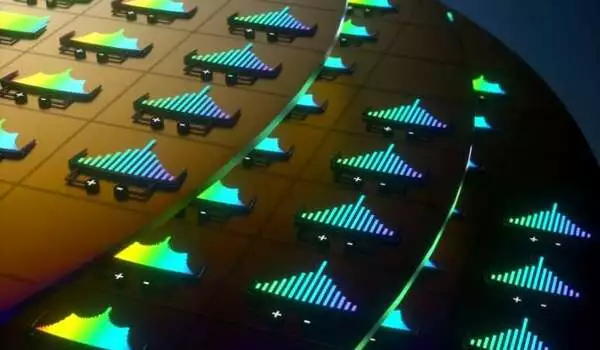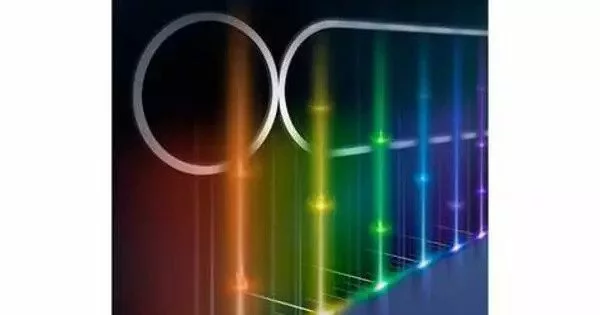Brighter comb lasers on a chip do, in fact, open up fascinating prospects for a variety of applications. Because of their unique features, comb lasers, notably microresonator-based frequency combs, have received a lot of attention in recent years. These combs are made up of regularly spaced spectral lines or frequencies, similar to comb teeth, and they have various advantages when integrated into a chip.
Dissipative Kerr solitons (DKSs) have been utilized to produce chip-based optical frequency combs with significant output power for use in optical atomic clocks and other practical applications, according to researchers. The advancement may lead to chip-based equipment that can perform precision measurements previously only possible in a few specialized laboratories.
Grégory Moille from the Joint Quantum Institute, NIST/University of Maryland, will present this research at Frontiers in Optics + Laser Science (FiO LS), which will be held 9 – 12 October 2023 at the Greater Tacoma Convention Center in Tacoma (Greater Seattle Area), Washington.
“Frequency combs are ubiquitous in metrology; just as a ruler measures length, they allow us to measure optical frequency with great precision,” Moille explained. “Making them on the chip allows us to significantly reduce their power consumption, but it also reduces the power in each comb tooth.” This makes interfacing on-chip combs with other systems, such as atomic frequency standards, difficult. We demonstrate that by carefully inserting another weak laser into the comb device, we can tweak the system and therefore improve the power in numerous comb teeth by more than an order of magnitude.”
Frequency combs are ubiquitous in metrology; just as a ruler measures length, they allow us to measure optical frequency with great precision. Making them on a chip allows us to significantly reduce their power consumption, but it also reduces the power in each comb tooth.
Grégory Moille
Optical frequency combs emit a continuous train of brief, tightly spaced pulses of light containing millions of colors, which can be used to measure light waves as if they were radio waves. This enables technology such as atomic clocks, computers, and communications to be linked via optical waves that oscillate at 10,000 times greater frequencies than those present in electronics.
While conventional optical frequency combs are produced using mode-locked lasers, which are typically found in high-end scientific laboratories, new work has been done to construct optical frequency combs utilizing compact, chip-scale microresonators based on DKSs. DKSs are light packets that rely on a dual balance of nonlinearity and dispersion, as well as dissipation and gain. Although DKS-based combs consume very little energy, they also do not produce enough output power to be useful.

In the new work, researchers harness the newly proposed Kerr-induced synchronization of Kerr solitons to an external stable laser reference to produce optical frequency combs with higher levels of power. This creates a substantial increase of power on the other side of the comb spectrum from the reference laser.
The researchers show, both theoretically and practically, that an external reference pump at 193 THz enables for octave-spanning comb repetition rate tuning. This allows for optimal tailoring of the phase-matching condition of the comb teeth at the dispersive wave. Along with a self-balancing effect, which is directly tied to the DKS’s primary resilience attribute, they show a more than 15-fold increase in power at the 388 THz comb tooth.
“We’re only scratching the surface of what optimization can do,” Moille says. “We have not reached the power limit of this optimization and hope to reach a power level compatible with directly interfacing our comb with other systems”
















